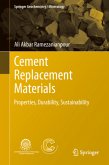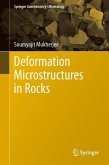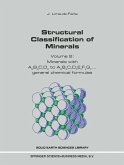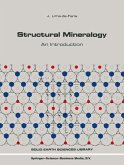This book sets out the basic materials science needed for understanding the plastic deformation of rocks and minerals. Although at atmospheric pressure or at relatively low environmental pressures, these materials tend to be brittle, that is, to fracture with little prior plastic deformation when non-hydrostatically stressed, they can undergo substantial permanent strain when stressed under environmental conditions of high confining pressure and high temperature, such as occur geologically in the Earth's crust and upper mantle. Thus the plastic deformation of rocks and minerals is of fundamental interest in structural geology and geodynamics. In mountain-building processes and during convective stirring in the Earth's mantle, rocks can undergo very large amounts of plastic flow, accompanied by substantial changes in microstructure. These changes in microstructure remain in the rocks as evidence of the past deformation history. There are a number of types of physical processes whereby rock and minerals can undergo deformation under geological conditions. The physics of these processes is set out in this book.
From the reviews:
"The present book ... highlights the behavior of geological materials in the long term range and at geological conditions, i. e. at high pressures and temperatures. ... Every chapter comprises at the end a substantial list of references for further studies in the respective field of interest. In total, the book represents a very valuable introduction into the mechanical behavior of rocks and minerals for every scientist and engineer interested in this field." (Materials Testing, Vol. 55 (7-8), 2013)
"The present book ... highlights the behavior of geological materials in the long term range and at geological conditions, i. e. at high pressures and temperatures. ... Every chapter comprises at the end a substantial list of references for further studies in the respective field of interest. In total, the book represents a very valuable introduction into the mechanical behavior of rocks and minerals for every scientist and engineer interested in this field." (Materials Testing, Vol. 55 (7-8), 2013)








